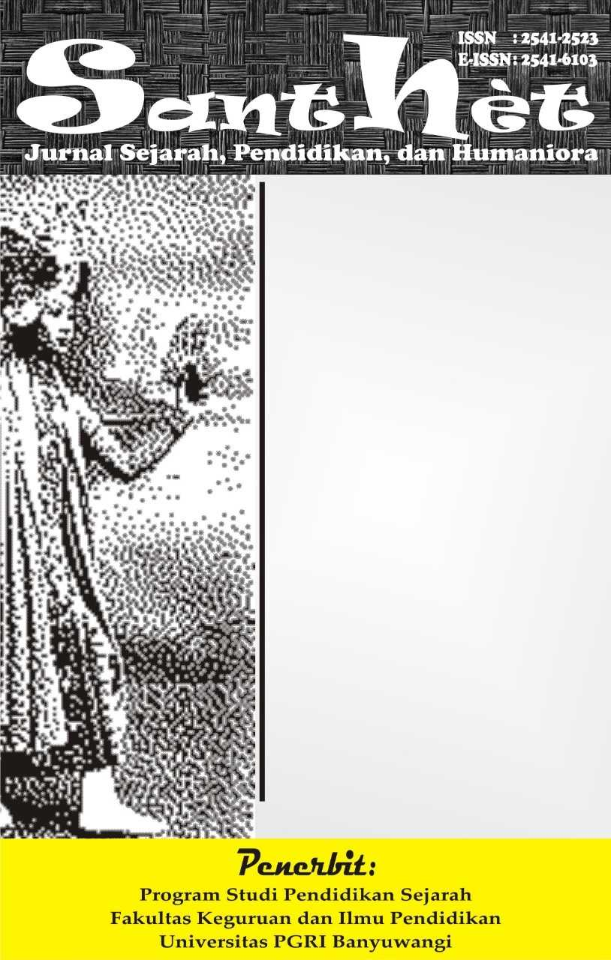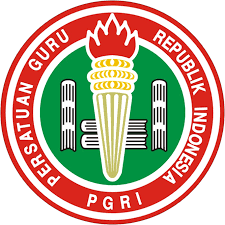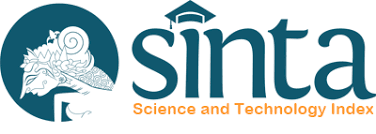CHINA'S FOREIGN POLICY TOWARDS THE UNITED ARAB EMIRATES THROUGH THE BELT AND ROAD INITIATIVE (BRI)
Kebijakan Luar Negeri Cina Terhadap Uni Emirat Arab Melalui Belt And Road Initiative (BRI)
DOI:
https://doi.org/10.36526/santhet.v9i4.5970Keywords:
Belt and Road Initiative, Foreign Policy, Bilateral Relations, China, United Arab EmiratesAbstract
China and the UAE have established close bilateral relations strengthened by the Belt and Road Initiative (BRI) first launched by President Xi Jinping in 2013. With the BRI, China aims to implement its foreign policy based on various factors, objectives, and alternative strategies that can be implemented. Using the Analytical Hierarchy Process (AHP) method combined with questionnaire and interview methods, the researcher aims to determine the increase in bilateral cooperation and infrastructure development as part of China's foreign policy orientation towards the UAE through the BRI. This study found that national security is the main factor behind China's foreign policy, and infrastructure development is a priority goal in the existing factors. The alternative strategy that is a priority is the development of energy projects, which is also supported by China's ambition in developing energy infrastructure and the UAE as an oil and gas producing country and its commitment to producing renewable energy.
References
Adesina, O. S. (2017). Foreign policy in an era of digital diplomacy. Cogent Social Sciences, 3(1), 1297175. https://doi.org/10.1080/23311886.2017.1297175
Al Dhaheri, A. O. (2022). China and the UAE: Together for a Shared Digital Future. Taihe Institute. http://www.taiheinstitute.org/Content/2022/05-30/1716452221.html
Arystankulova, G., Sheryazdanova, K. G., & Kakenova, G. (2019). Economic Diplomacy: An Important Tool For Achieving Foreign Policy Goals [Academy of Public Administration Under The President of The Republic of Kazakhstan]. http://localhost:8080/xmlui/handle/123456789/74
Barman, J. (2023). China’s Belt and Road Initiative: An Analysis. Journal of Contemporary Politics, 2(3), 97–102. https://doi.org/10.53989/jcp.v2i3.23.11
Batubara, S. T., Rosyidin, M., & Hanura, M. (2021). Pengaruh Idiosinkratik Justin Trudeau dalam Kebijakan Luar Negeri Kanada : Studi Kasus Penerimaan Pengungsi Suriah. Intermestic: Journal of International Studies, 6(1), 172–196. https://doi.org/10.24198/INTERMESTIC.V6N1.9
Chaziza, M. (2019). China’s Middle East diplomacy: The Belt and Road Strategic Partnership. Sussex Academic e-Library.
Chotimah, H. C. (2017). Analisis Strategi Keamanan Energi Cina dalam Upaya Penurunan Emisi Karbon melalui Pendekatan Konstruktivisme. Global: Jurnal Politik Internasional, 19(1), 29. https://doi.org/10.7454/global.v19i1.145
Crabb, C. V. M. (1972). American Foreign Policy in the Nuclear Age. Harper & Row.
Cremer, D. De, McKern, B., & McGuire, J. (2020). The Belt and Road Initiative: Opportunities and Challenges of a Chinese Economic Ambition. SAGE Publications Pvt. Ltd. https://doi.org/10.4135/9789353885922
Dewi, N. P. S. P., & Akbar, H. (2017). Kebijakan The New Silk Road Cina di Bawah Pemerintahan Xi Jinping. Jurnal Studi Diplomasi Dan Keamanan, 9(1). https://doi.org/10.31315/JSDK.V9I1.2484
Farwa, U. (2018). Belt and Road Initiative and China’s Strategic Culture on JSTOR. Strategic Studies, 38(3). https://www.jstor.org/stable/48539383
Fulton, J. (2019). China-UAE Relations in the Belt and Road Era. Journal of Arabian Studies, 9(2), 253–268. https://doi.org/10.1080/21534764.2019.1756135
Hass, R. (2017). The trajectory of Chinese foreign policy: From reactive assertiveness to opportunistic activism | Brookings. Brookings.Edu. https://www.brookings.edu/articles/the-trajectory-of-chinese-foreign-policy-from-reactive-assertiveness-to-opportunistic-activism/
Hassan, A. (2015). Is National Security the Primary Goal of Foreign Policy? [National Defence University]. https://www.researchgate.net/publication/327765512_Is_National_Security_the_Primary_Goal_of_Foreign_Policy
Jablonsky, D. (2002). The State of the National Security State. The US Army War College Quarterly: Parameters, 32(4). https://doi.org/10.55540/0031-1723.2122
Krejnus, M., Stofkova, J., Stofkova, K. R., & Binasova, V. (2023). The Use of the DEA Method for Measuring the Efficiency of Electronic Public Administration as Part of the Digitization of the Economy and Society. Applied Sciences, 13(6), 3672. https://doi.org/10.3390/app13063672
Lons, C. (2024). East meets middle: China’s blossoming relationship with Saudi Arabia and the UAE | ECFR. Ecfr.Eu. https://ecfr.eu/publication/east-meets-middle-chinas-blossoming-relationship-with-saudi-arabia-and-the-uae/
Lyudmila, G. (2019). The role of economic diplomacy in enhancing national competitiveness economic security. Relaţii Internaţionale. Plus, 15(1), 323–339.
McBride, J., Berman, N., & Chatzky, A. (2023). China’s Massive Belt and Road Initiative | Council on Foreign Relations. Crf.Org. https://www.cfr.org/backgrounder/chinas-massive-belt-and-road-initiative
Noroozi, H., & Akbari, Z. (2024). China’s Network Diplomacy and the UAE; Two Trade Tycoons and New Power Waves. Journal of Iran and Central Eurasia Studies, 7(1), 111–132. https://doi.org/10.22059/JICES.2024.376159.1068
Rony, T. K. (2019). Telan Rp 48,2 Triliun, Jalur Sutra Hubungkan China hingga Arab - Bisnis Liputan6.com. Liputan6.Com. https://www.liputan6.com/bisnis/read/3953195/telan-rp-482-triliun-jalur-sutra-hubungkan-china-hingga-arab
Setiawan, A. (2017). Pengantar Studi Politik Luar Negeri. UMJ Press.
Sugiyono. (2018). Metode Penelitian Kuantitatif Kualitatif dan R & D. Alfabeta.
Suharyanto, E. M. A., Damayanti, C., & Dewi, U. N. M. (2023). Diplomasi Kebudayaan China dalam Hubungan Dagang dengan Uni Emirat Arab. Review of International Relations, 5(1), 1–22. https://doi.org/10.24252/rir.v5i1.28132
Vaidya, O. S., & Kumar, S. (2006). Analytic hierarchy process: An overview of applications. European Journal of Operational Research, 169(1), 1–29. https://doi.org/10.1016/j.ejor.2004.04.028
Ventura, B. (2019). Proyek Belt and Road, China-UEA Teken Kesepakatan Rp48 Triliun. SindoNews. https://ekbis.sindonews.com/berita/1399935/33/proyek-belt-and-road-china-uea-teken-kesepakatan-rp48-triliun





























